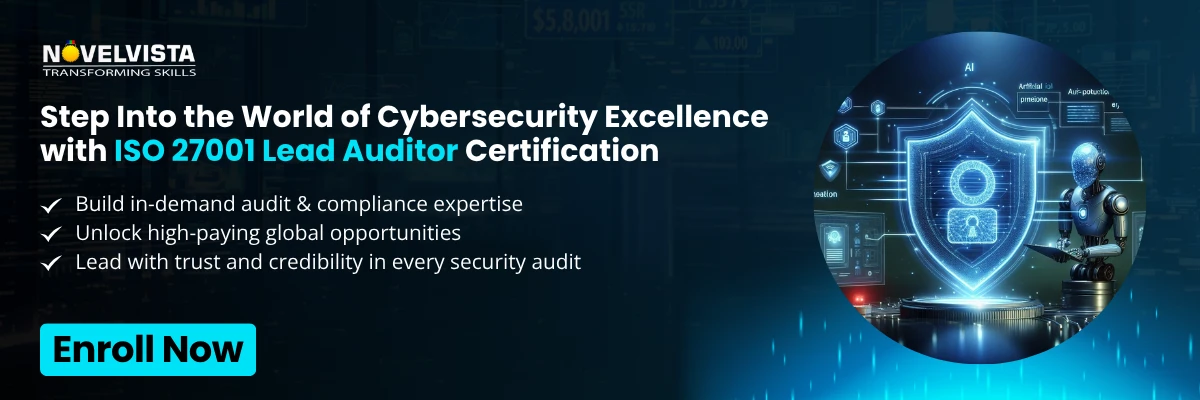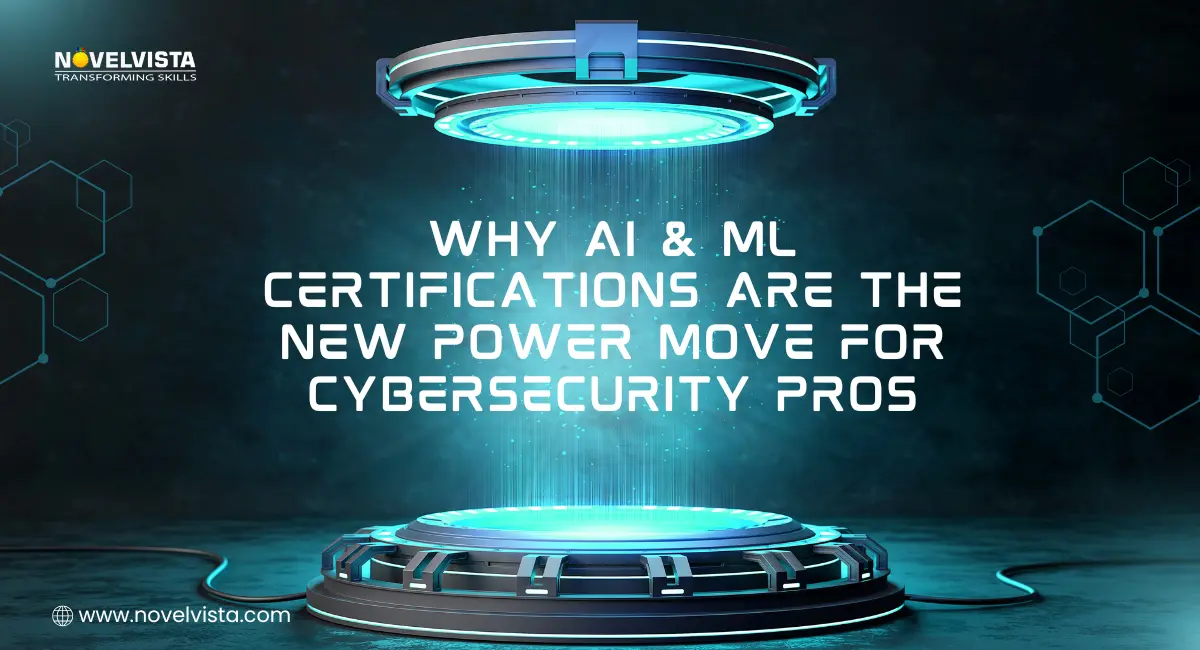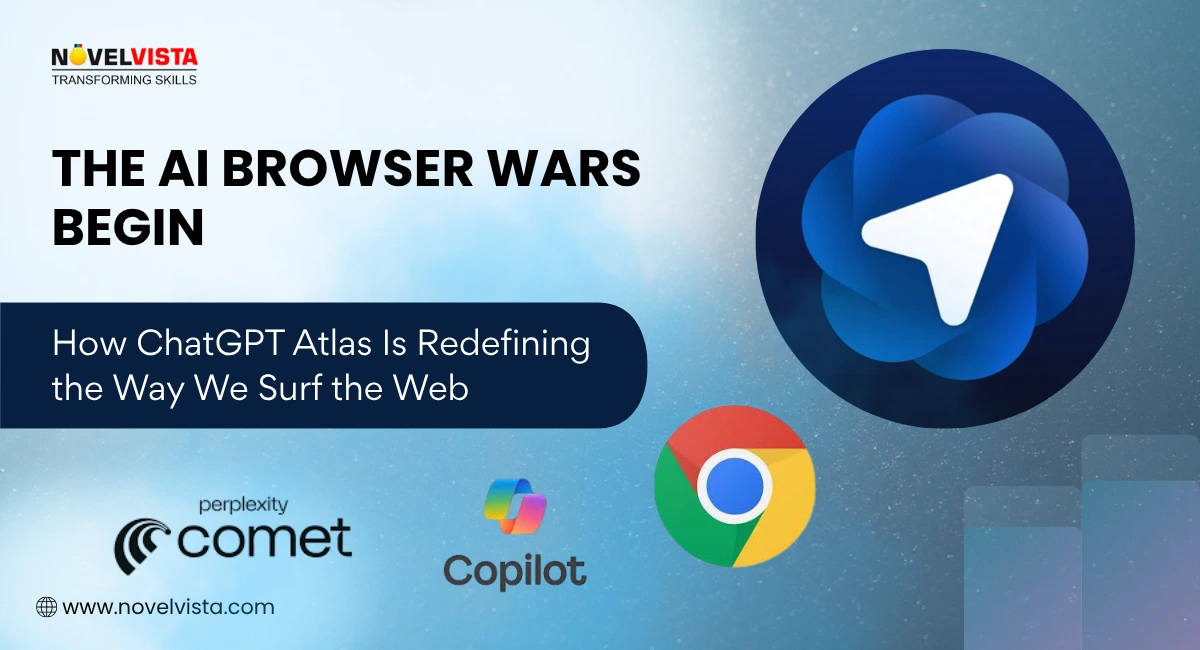- The Scale of the AI Datacentre Boom
- The Big Players Behind the Boom: The Billion-Dollar Builders
- The New Construction Rush
- Powering the AI Future: The Energy Challenge
- The Business Behind Generative AI: Promise vs. Reality
- Are We Heading Toward Another Bubble?
- The $1.5 Trillion Debt Dilemma
- Depreciation and Durability: The Hidden Weak Link
- Local Uplift: The New Industrial Revolution
- The Big Picture: Innovation or Inflation?
- The Governance Imperative: Securing the AI Backbone
- Professional Insight: Why AI Infrastructure Needs Certified Auditors
- Closing Segment: Get Certified, Secure the Future
While most people scroll past AI headlines, the world’s richest companies are secretly spending $3 trillion to build a huge digital backbone, places that power our data, run AI tools, and might soon shape entire economies.
The question is, will you understand what’s really happening before everyone else does?
Right now, we’re living through one of the biggest tech spending waves in history. From the U.S. to Europe to Asia, construction sites are popping up everywhere, but they’re not making malls or offices. They’re building AI datacentres, the massive buildings that hold the servers behind tools like ChatGPT, Google Veo, and almost everything we now call “intelligent.”
But here’s the catch: as money floods in, people are starting to wonder, is this the next industrial revolution or just another bubble waiting to pop?
Let’s unpack what’s really going on, the growth, the risks, the insane energy demand, and why this could change the way our world runs.
The Scale of the AI Datacentre Boom
Let’s start with something wild. There are now over 11,000 datacentres around the world. That’s a 500% jump compared to twenty years ago.
Why so many? Because everything we do online, from using ChatGPT to streaming Netflix, runs through them. And now, with AI exploding everywhere, companies are building new ones almost every week.
This massive growth feels a lot like the dot-com boom of the early 2000s, when companies rushed to build internet infrastructure. The difference is, this time, it’s not websites being hosted, it’s AI models that learn, think, and create.
So yes, the $3 trillion investment isn’t just hype. It’s happening in real time. Countries and corporations are racing to build the physical backbone of the AI era, because whoever controls these datacentres, controls the future of intelligence.
The Big Players Behind the Boom: The Billion-Dollar Builders
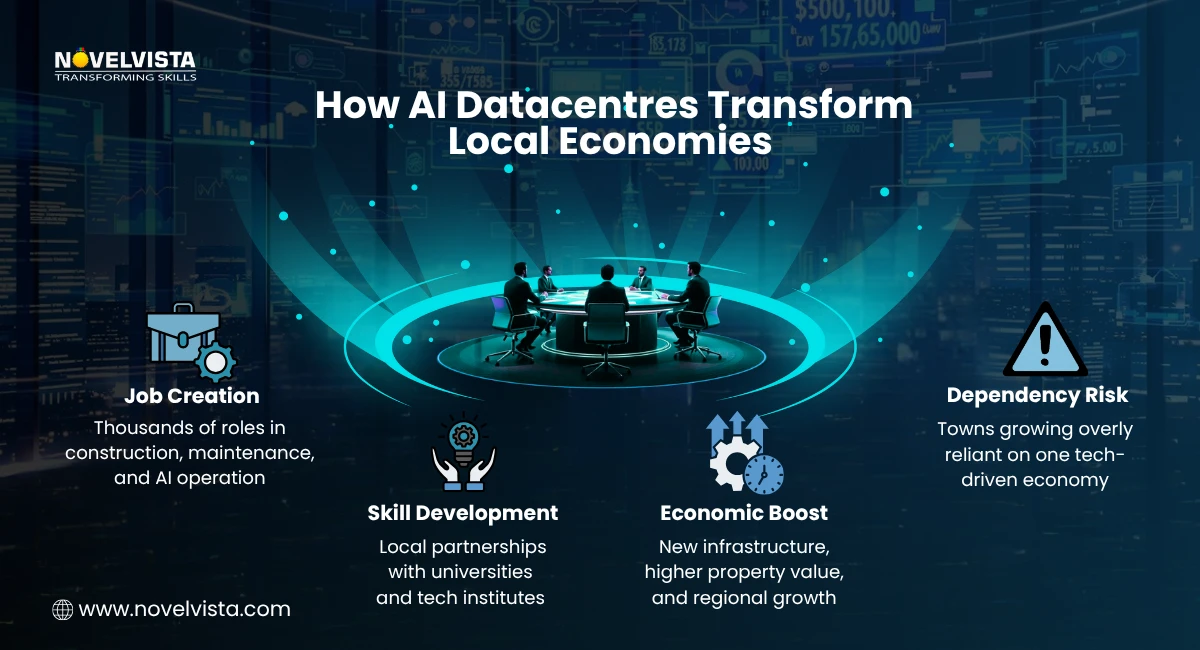
You can probably guess who’s leading this race.
- Nvidia, the chipmaker behind AI, just became the world’s first $5 trillion company.
- Microsoft and Apple are both worth over $4 trillion and are spending billions on new AI facilities.
- OpenAI, the company behind ChatGPT, is now valued at around $500 billion, with Microsoft owning a big chunk.
- And Google? It’s pulling in nearly $100 billion a quarter, much of it from AI-driven services.
These aren’t just tech giants anymore; they’re infrastructure empires. Each one is trying to own more data, more servers, and more computing power than the rest.
Because in the AI world, it’s simple: whoever has the most compute wins. The datacentre boom isn’t just about technology, it’s a power game worth trillions.The New Construction Rush
If you think AI is all about software and code, here’s a surprise: the real action is in construction.
- In Wales, Microsoft is turning an old factory site into a high-tech AI datacentre.
- Equinix is investing £4 billion to build one of Europe’s biggest digital hubs in Hertfordshire.
- The Stargate Project in the U.S., a $500 billion collaboration between OpenAI, Oracle, and SoftBank, could soon be the most powerful AI facility ever built.
- Microsoft is also working on a record-breaking datacentre in Wisconsin, while Elon Musk’s xAI is building one called “Colossus” in Memphis.
These aren’t just data buildings. They’re the new-age factories of the AI world.
Small towns like Newport or North Tyneside are becoming new tech hubs almost overnight. Construction workers, engineers, and local businesses are all getting a boost. It’s like watching a modern version of the industrial revolution, only this time, instead of coal and steel, we’re producing data and intelligence.
Powering the AI Future: The Energy Challenge
Now, here’s where things start getting tricky.
All these datacentres need an unbelievable amount of electricity. In 2025 alone, new facilities will add around 10 gigawatts of power use, which is nearly one-third of the entire UK’s energy consumption!
Currently, datacentres use around 59 gigawatts globally, and that number could double by 2030.
To handle this, the world will need about $720 billion in grid upgrades. And that’s not counting water cooling systems, backup power, and climate costs.
Some countries are already feeling the pressure. Ireland, for example, had to pause new datacentre approvals because the grid couldn’t handle more demand.
So, while AI might be the brain of our digital world, energy is its heartbeat. No power, no progress.The Business Behind Generative AI: Promise vs. Reality
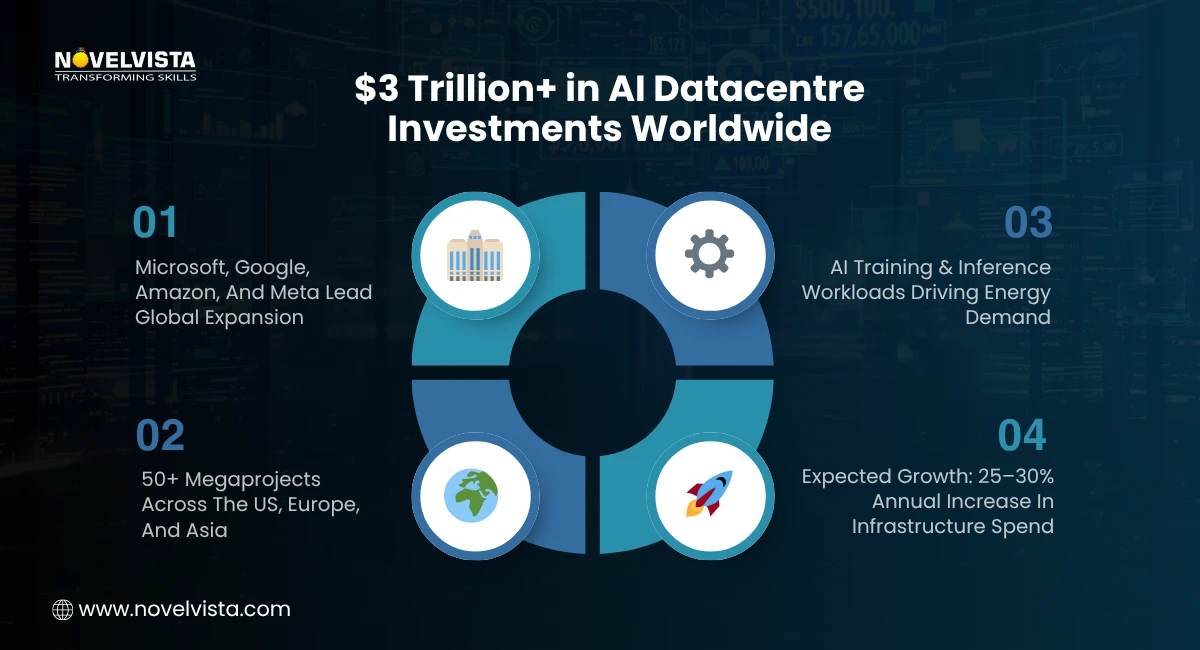
Let’s be honest, AI looks shiny on the surface, but the business side is still figuring itself out.
Generative AI, the part that creates text, images, and videos, is expected to grow from $45 billion in 2024 to $1 trillion by 2028. Impressive, right?
But here’s the catch: most companies aren’t seeing returns yet. A study by MIT found that 95% of organizations using AI haven’t made any profit from it so far. (Read Full Report)
They’re experimenting, testing, and spending, but not earning.
So the real question is, are we building all these massive, billion-dollar datacentres for tech that might not make real money anytime soon?
It’s a huge bet. A trillion-dollar promise built on uncertain returns.
Are We Heading Toward Another Bubble?
Even some industry leaders are starting to get nervous.
Joe Tsai, the chairman of Alibaba, recently said we’re already seeing “early bubble signals” in AI infrastructure. He’s not wrong; the warning signs are there.
Some datacentres are being built without confirmed customers. Others rely on speculative funding, hoping demand will show up later.
The Uptime Institute has even reported that many of these planned facilities might never go live; they’re just ideas on paper for now.
It’s hard not to think back to the dot-com crash, or even the crypto and metaverse hype. Each one started with excitement and ended with a harsh reality check.
So yes, AI is powerful and real. But if spending keeps outpacing results, we might be setting ourselves up for another massive correction.
Because no matter how advanced AI gets, economics still wins in the end.The $1.5 Trillion Debt Dilemma
Now, here’s the part that’s making Wall Street nervous.
Out of the $3 trillion being poured into AI datacentres, around $1.4 trillion comes from the tech giants, Microsoft, Amazon, and Google. That makes sense; they can afford to play big.
But the other $1.5 trillion? That’s coming from private credit, meaning loans, borrowed money, and high-interest financing.
And that’s where the risk hides.
Take Meta, for example. It borrowed $29 billion to expand its data empire in Louisiana. If AI adoption slows down or profits don’t rise fast enough, companies could find themselves paying huge debts for facilities that don’t bring in matching revenue.
Some analysts are even calling this the “AI debt bubble”, comparing it to the 2008 financial crisis. The only difference? This time, instead of houses, we’re talking about servers, GPUs, and fiber cables.
The truth is, if AI hits a slowdown, the economic ripple could be massive.
Depreciation and Durability: The Hidden Weak Link
There’s another problem people rarely talk about: datacentres age fast.
Technology moves quickly than concrete, and servers become outdated in just 3–5 years. That means these billion-dollar facilities start losing value almost twice as fast as they make returns.
And unlike traditional real estate, you can’t easily repurpose a datacentre into something else. You can’t turn it into apartments or a mall.
So, what happens if AI hardware advances faster than expected? Billions in assets could become obsolete before they’re even fully paid off.
This is what makes some economists uneasy, we’re investing in infrastructure that might outdate faster than it pays back. It’s like buying a supercar when you’re not sure if there’ll be roads to drive it on.
Local Uplift: The New Industrial Revolution
But it’s not all dark clouds. For some towns, the AI boom is a lifeline.
Take Newport in Wales, a town once known for manufacturing is now being reborn as a digital hub thanks to Microsoft’s datacentre projects. Thousands of people are getting jobs in construction, maintenance, and technical support.
It’s a similar story in parts of the U.S. and Europe. Regions that were once left behind by globalization are now buzzing again. Cafes, transport services, and housing markets are booming around these new AI campus
In many ways, this feels like a modern version of the Industrial Revolution. Only instead of coal and steam engines, we have servers and semiconductors.
It’s proof that while global investors chase trillion-dollar goals, the real impact of AI is also being felt locally, in the hands and homes of regular people.
The Big Picture: Innovation or Inflation?
So, where does this all lead? Depends on who you ask.
Optimists, like Morgan Stanley, believe we’re entering a new infrastructure cycle that’ll fuel the next digital economy. They see AI datacentres as the new highways and factories of the 21st century.
Skeptics, on the other hand, see warning lights. They argue that we might be overbuilding, overspending, and overestimating demand, setting ourselves up for a tech slowdown.
The truth probably sits somewhere in the middle.
Yes, AI is transforming industries, and the infrastructure is essential. But unchecked growth always carries risk. The world has seen this story before, just with different characters and technologies.
The real question is: can tech leaders and regulators balance ambition with caution? Because if they can’t, the world could face a correction far bigger than any dot-com crash.The Governance Imperative: Securing the AI Backbone
Amid all this excitement, one thing is often ignored: security and governance.
As datacentres multiply, so do the risks. Think about it, these buildings don’t just store data. They run AI models that make decisions about money, health, and even public policy.
That means a single breach, outage, or compliance failure could cause chaos.
Governments and companies are now realizing that building datacentres is only half the job. The other half is securing them.
This is where ISO 27001, the global standard for Information Security Management, comes in. It’s becoming the go-to framework for ensuring these AI fortresses are safe, resilient, and compliant with data laws.
Without it, the global AI infrastructure could be running on shaky ground.
Professional Insight: Why AI Infrastructure Needs Certified Auditors
Behind every secure datacentre, there’s a team of professionals making sure things don’t fall apart.
As the AI infrastructure expands, companies need certified ISO 27001 Lead Auditors who can:
- Manage and assess data security systems.
- Protect AI workloads from compliance failures.
- Ensure these datacentres meet international governance standards.
This is creating a new wave of tech professionals, people who aren’t building AI models but are ensuring those models are safe, private, and ethical.
In many ways, these auditors are the unsung heroes of the AI revolution. They keep the foundation strong while everyone else focuses on innovation.
Closing Segment: Get Certified, Secure the Future
Here’s the truth: before the next bubble bursts, the world will need more auditors than builders.
Because while AI engineers create, auditors protect. And in a world where one data leak can cost billions, that protection is priceless.
If you’re looking to build a future-proof career in this space, NovelVista’s ISO 27001 Lead Auditor Certification Training is a strong place to start.
It’s designed for professionals who want to handle the security and governance challenges that come with this new AI-powered world. You’ll learn how to audit, manage, and secure global datacentre operations, the backbone of our digital future.
So before you scroll past another AI headline, ask yourself, are you watching this revolution from the sidelines, or getting ready to lead it?
Because the next wave of opportunity won’t come from those who build AI, but from those who protect it.
How to Become an ISO 27001 Lead Auditor (2025 Roadmap)
Your step-by-step guide to mastering ISO 27001 auditing.
Learn the exact skills, tools, and certifications to build a high-paying global cybersecurity career.
Frequently Asked Questions
Author Details

Akshad Modi
AI Architect
An AI Architect plays a crucial role in designing scalable AI solutions, integrating machine learning and advanced technologies to solve business challenges and drive innovation in digital transformation strategies.
Course Related To This blog
ISO 27001:2022 Lead Auditor
Confused About Certification?
Get Free Consultation Call


